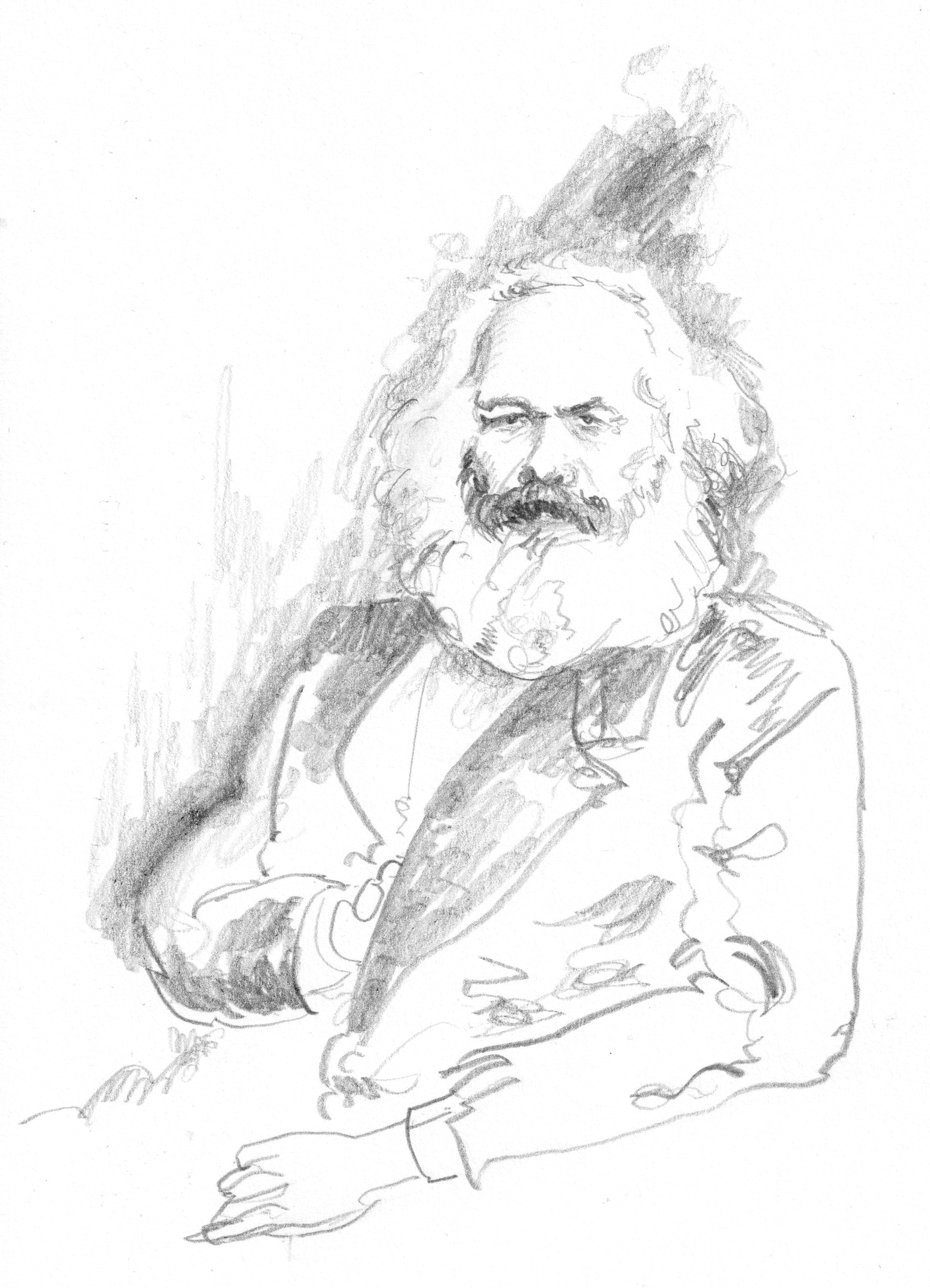back

Standing as a variation of what Armstrong describes as spectral ethnography, I have elsewhere defined the practice of searching for knowledge through absence as being first and foremost a specifically hauntological mode of engagement. My proposed hauntological methodology builds upon Jacques Derrida’s 1994 book Specters of Marx, in which he invokes the word ‘hauntology’ three times.
1st usage: Derrida discusses the logic of the ghost. For a ghostly apparition, its existence is always both “repetition and first time”; we speak of ghosts as a return, as something ‘coming back’ from beyond the veil, but the ghostly figure returns not as its original self. If we lose someone, and they return to us as a ghost, we might recognise them, but they are not themselves as we knew them; they are new, are changed. Presence is a conditional and temporally interconnected state. Repetition and first time, Derrida restates, “but also repetition and last time, since the singularity of any first time, makes of it also a last time. Each time it is the event itself, a first time is a last time. Altogether other. Staging for the end of history. Let us call it a hauntology.” In other words, hauntology evidences a sense of external purpose and past-future orientation which a traditional ontology of self-contained entities cannot capture. Hauntology, as Derrida uses it here in relation to Marxism's ghostly presence in current society, is therefore primarily concerned with ‘presence’ and ‘being’ as multifaceted, conditional terms, whose logic might be destabilised and re-examined – deconstructed – through the insertion of ghostly ontologies.

2nd usage: Derrida identifies the process of exhumation and reburial through which Marxism’s presence in western society is kept at bay. Disassociation and dislocation are the underlying goals of the capitalistic hegemony; if we forget how to identify something then we can neither fight it nor side with it. In Derrida’s eyes, the way in which this dislocation occurs in contemporary society is through “the medium of the media themselves” –– news, press, telecommunications, “that which in general assures and determines the spacing of public space”. He sees the concept of ‘the media’ as being inherently spectral, “neither living nor dead, present nor absent; it spectralizes.” An existence of this kind – something outside of life, but which gives and takes away life from that which also remains outside of life – requires from us a new framework of engagement and understanding. “It does not belong to ontology, to the discourse on the Being of beings, or to the essence of life or death. It requires, then, what we call, to save time and space rather than just to make up a word, hauntology.” Here, as in the first occurrence, hauntology is concerned with the deconstruction of what it means to Be; it is concerned with non-beings which, despite their lack of 'actual' existence, retain the ability to exercise influence. Crucially, however, hauntology is also positioned in this instance as a tool: through applying our understanding of hauntological processes to the cyclical, spectral process of Marxism's continuous re-invocation, we can potentially intervene in its forced spectralisation.
3rd usage: Derrida frames the Marxist concept of use-value as a spectral structure. He explains that the idea that an object has capitalistic value is a spectral presence which is not inherent to the object itself. For example: a spade is a piece of wood and a piece of metal, joined together; this is its ‘commodity-form’, which Derrida points out as being distinct from use-value. The worth of a spade, and why it costs money –– its value –– is in its potential to be used: if we dig a hole using the spade, plant a tree in this hole, grow fruit on this tree and then sell the fruit on for profit, we can say that the spade has founded a route to further capitalistic growth. This pathway is entirely external to the actual material existence of the spade, however, and as such is considered by Derrida (and Marx) to be a “phantasmagoric” process, “beginning at an origin that is itself fictive or ideal”; we imagine this narrative of potential worth, projecting it into the future. Use-value is not a feature of the object; it hovers around it, is associated with it, is only realised through a process of consumption. It is a spectral, hauntological association. “To haunt does not mean to be present,” Derrida writes in direct relation to this hauntological determination, “and it is necessary to introduce haunting into the very construction of a concept. Of every concept, beginning with the concepts of being and time. That is what we would be calling here a hauntology. Ontology opposes it only in a movement of exorcism. Ontology is a conjuration.”

Hauntology in Derrida’s usage therefore comes to be defined as such:
- The idea of ‘being’ as a state which relies on external, spectral limits to define itself.
- The unseen state of association and influence which is always occuring btween these limits.
- A method by which these limits can be deconstructed and therefore be understood, examined, and, in theory, done away with.
Hauntology is an opposition to ontology’s focus on presence as an absolute indicator of ‘being’. For ontology, presence ‘is’; for hauntology, presence first and foremost relies on a string of infinite associative presences and can therefore never ‘just be’ present in and of itself; everything, through the impossibility of absolute presence, becomes imbued with non-presence. Derrida holds furthermore that the state of non-presence paradoxically has its own kind of spectral presence; through inescapable, definitional reference to the presence it lacks, the non-present is haunted by its own sense of missingness. Hauntology, if we are to follow the logic of the suffix, is to engage with and study this process of haunting, and to deconstruct the means by which it both functions and brings about the functioning of other objects. Hauntology becomes a tool; a methodology by which we can pry up the surface levels of association and relation and find the limits by which the ontology of each object operates.
next


